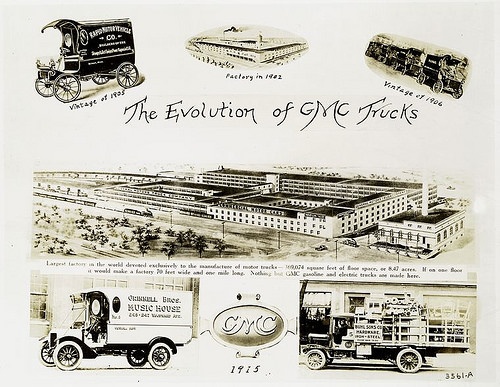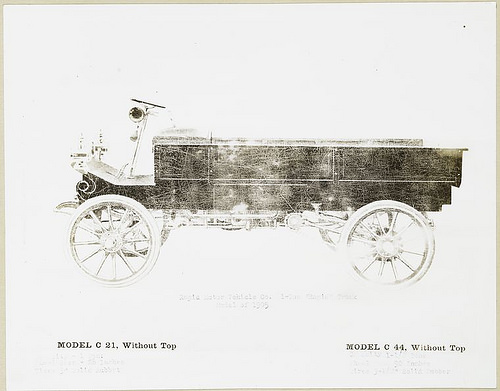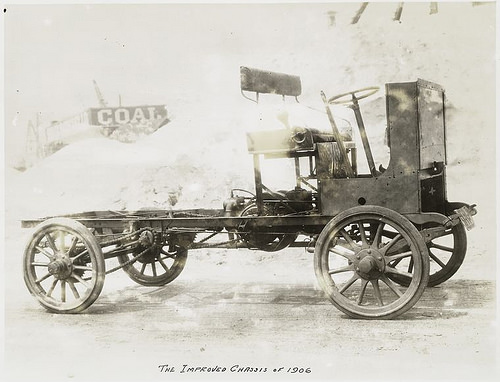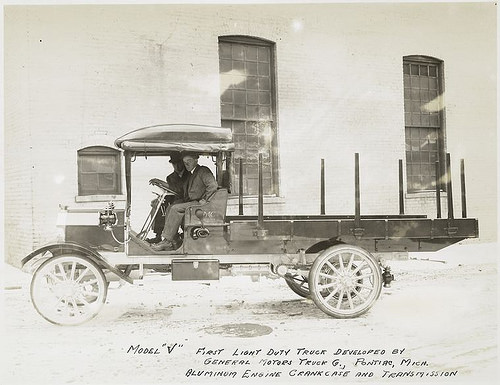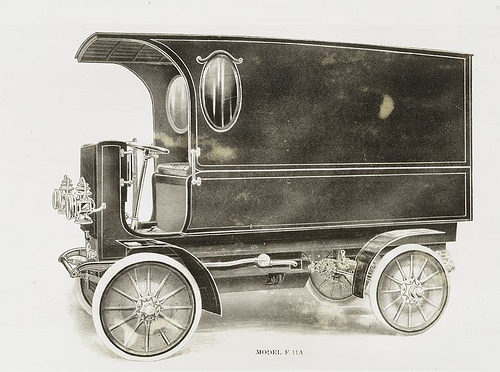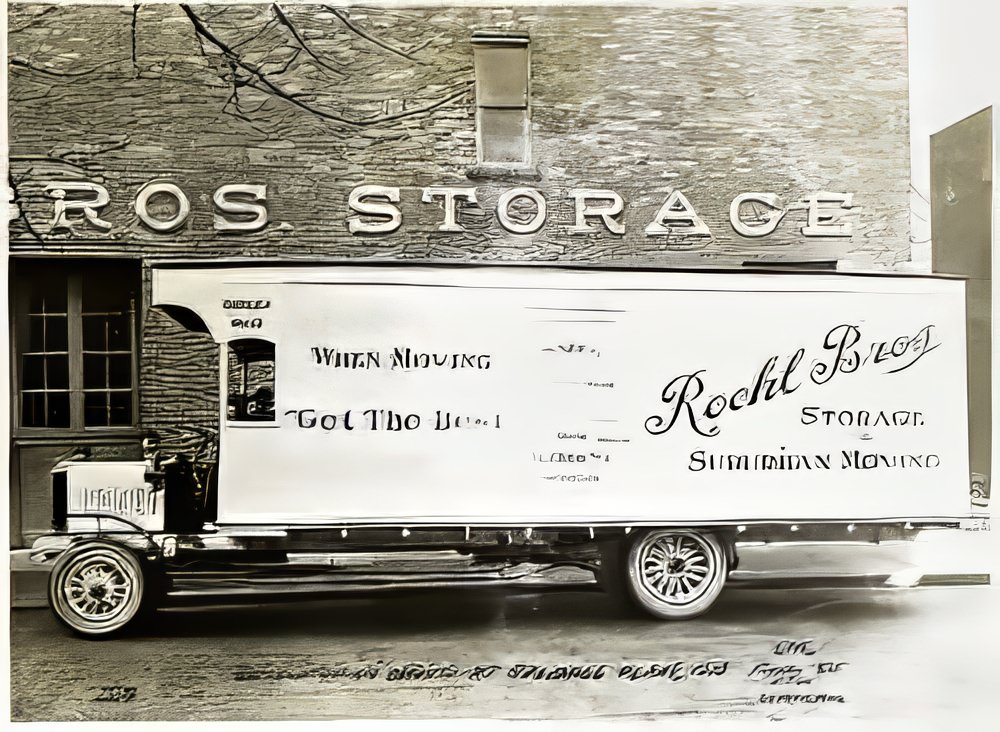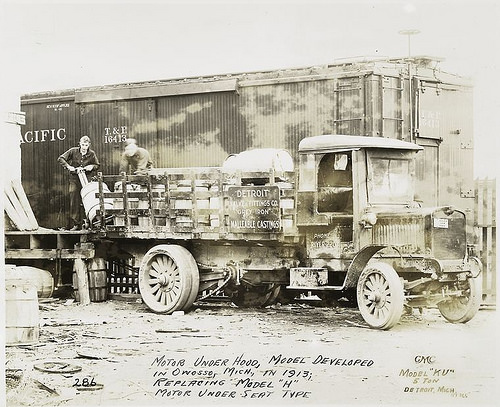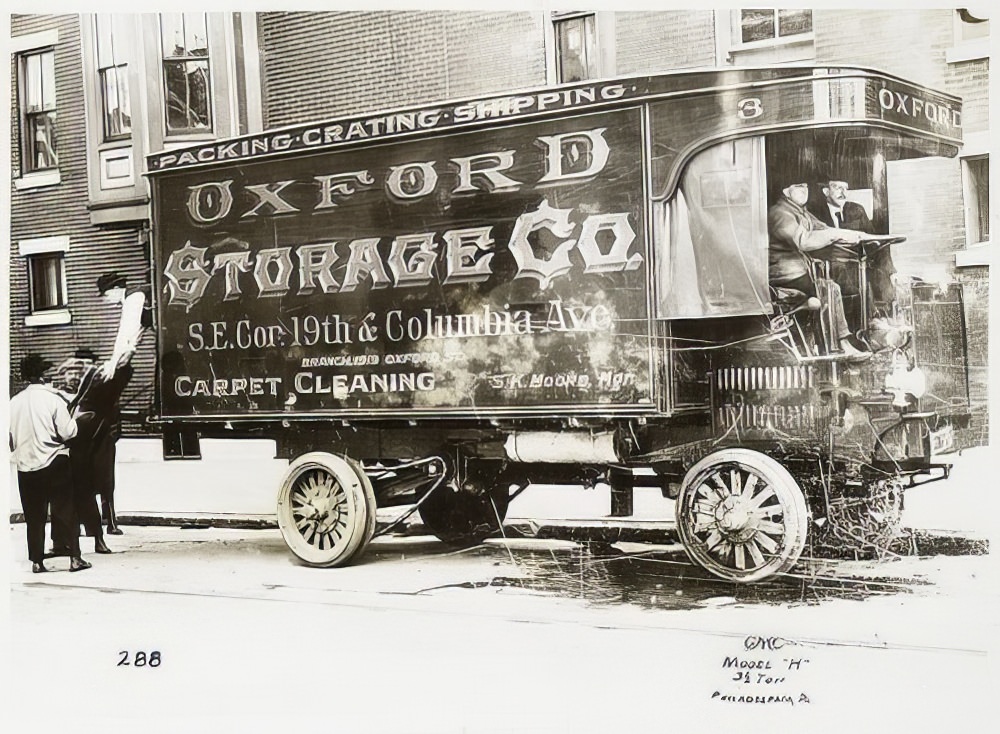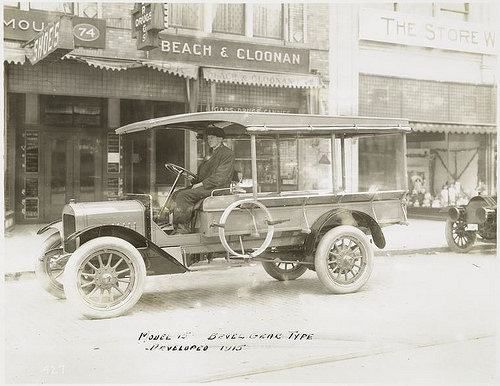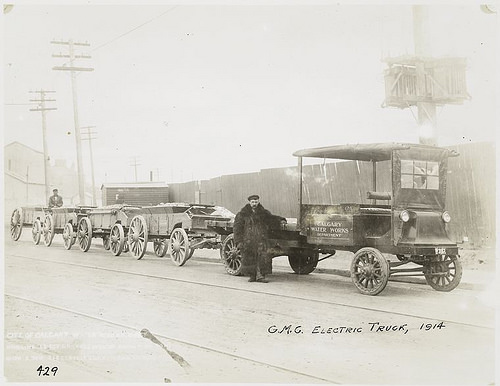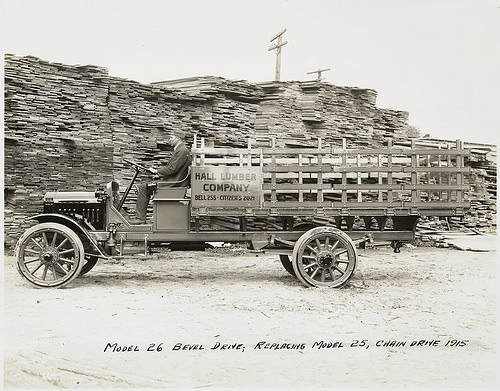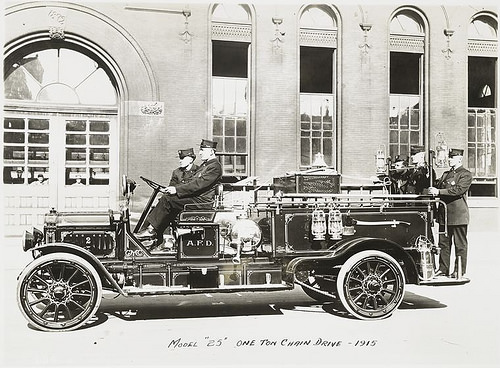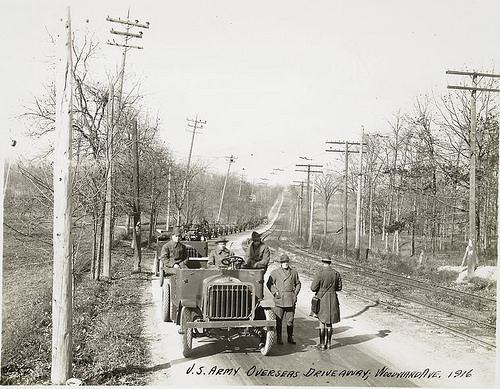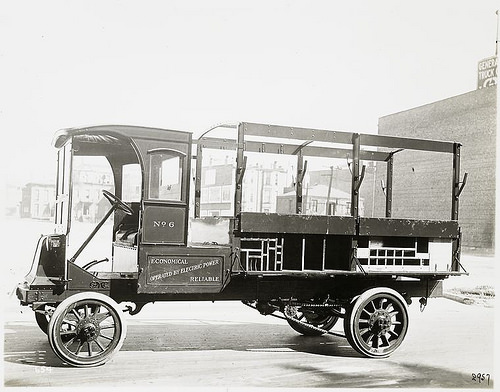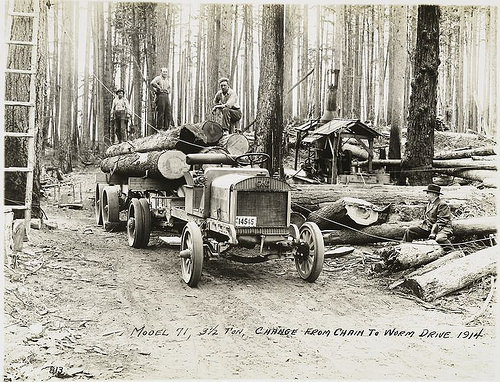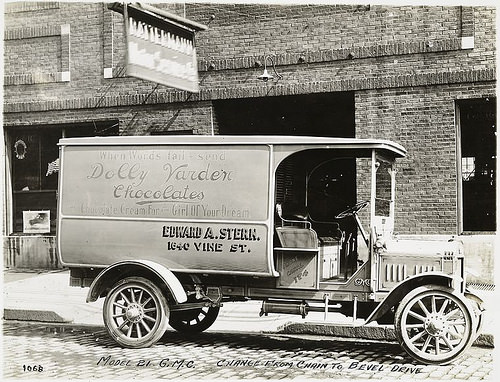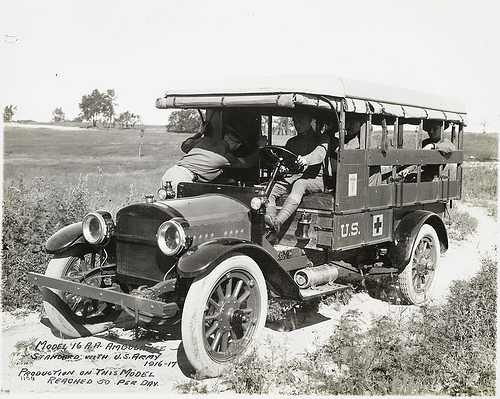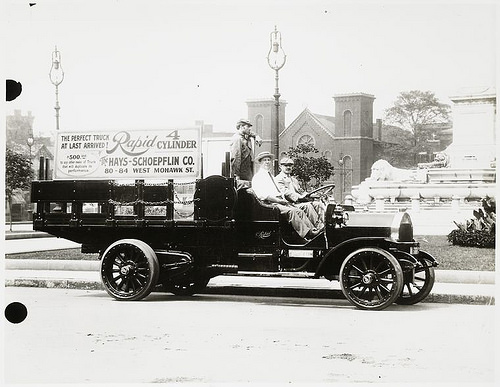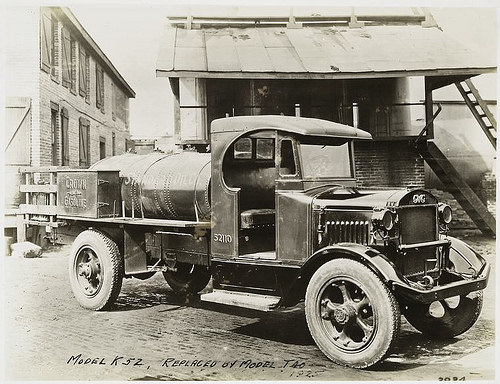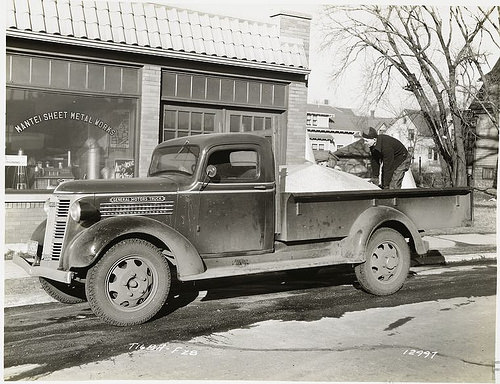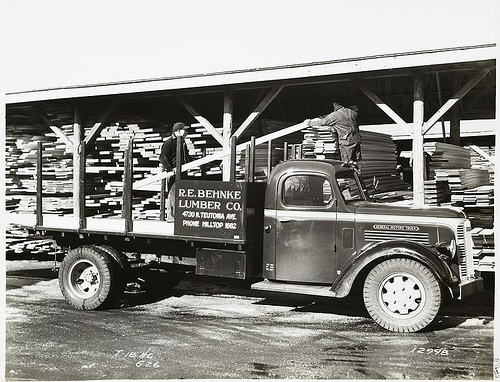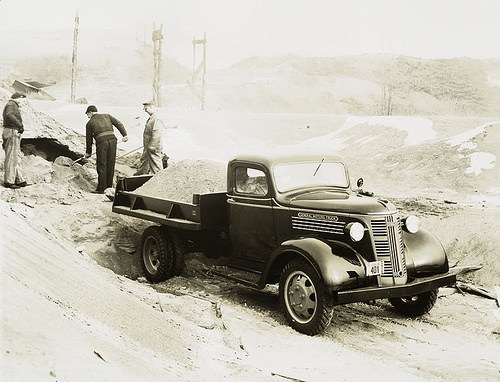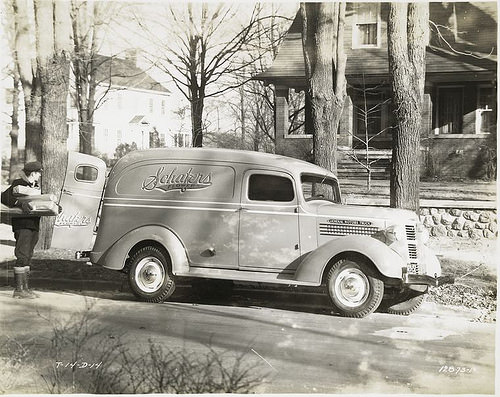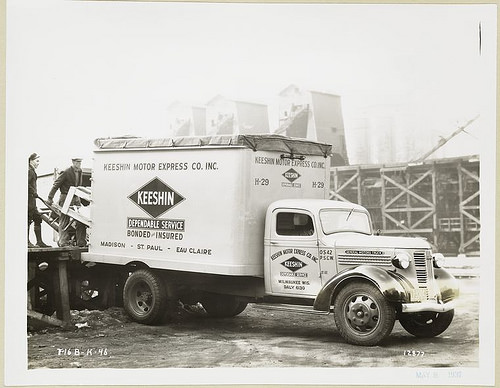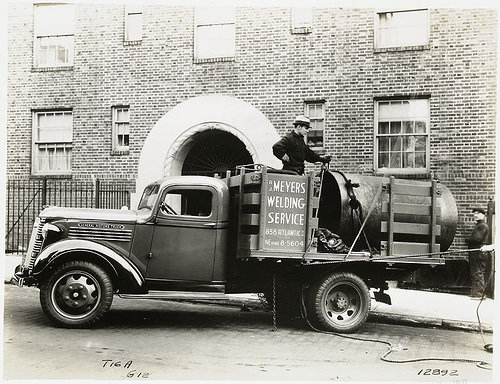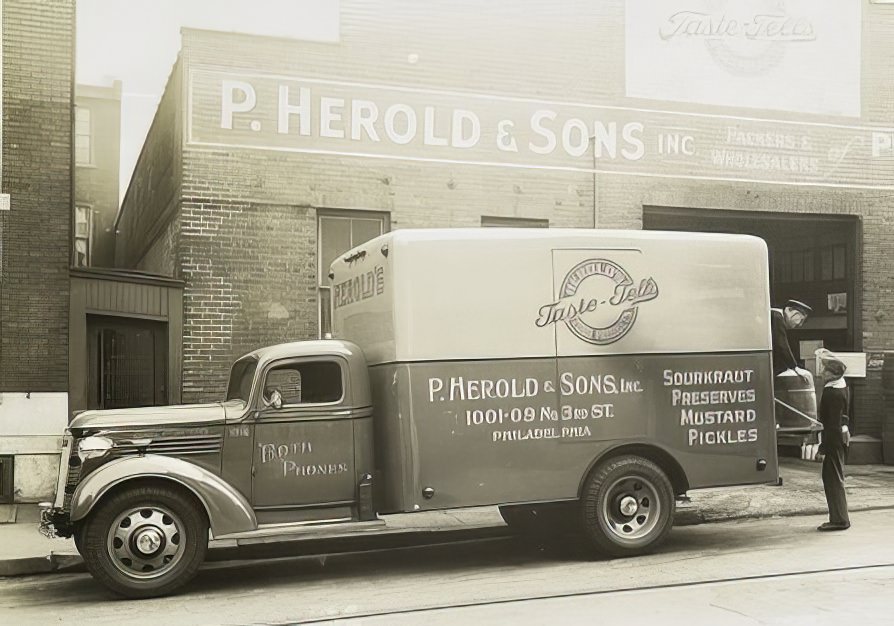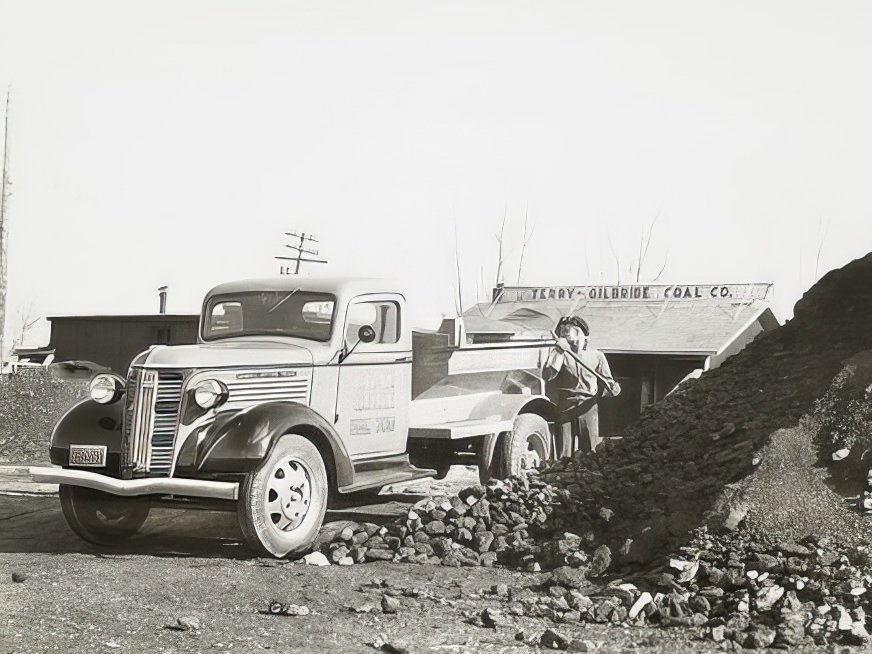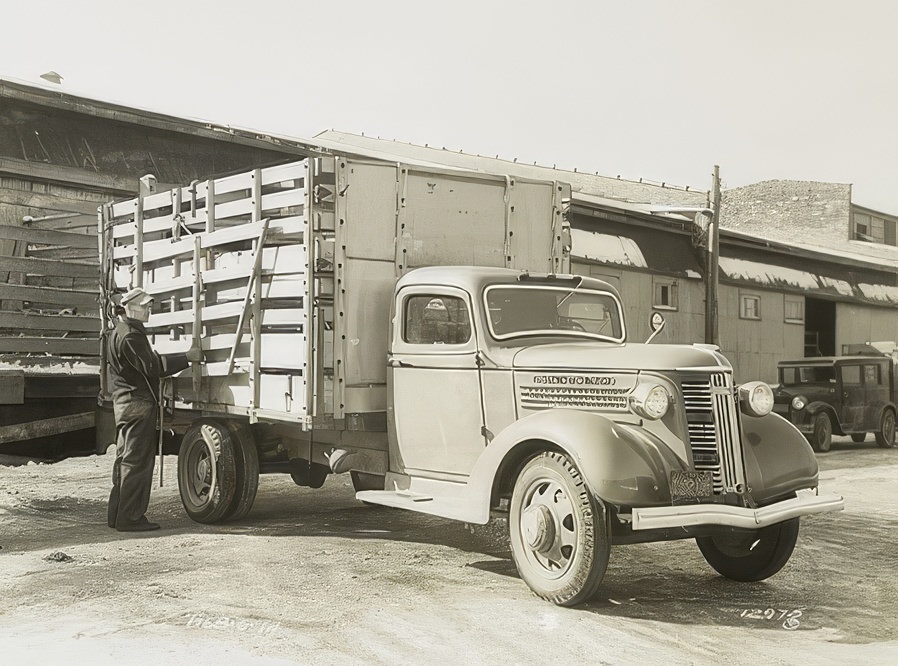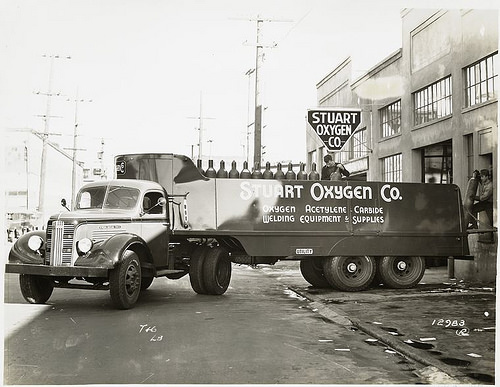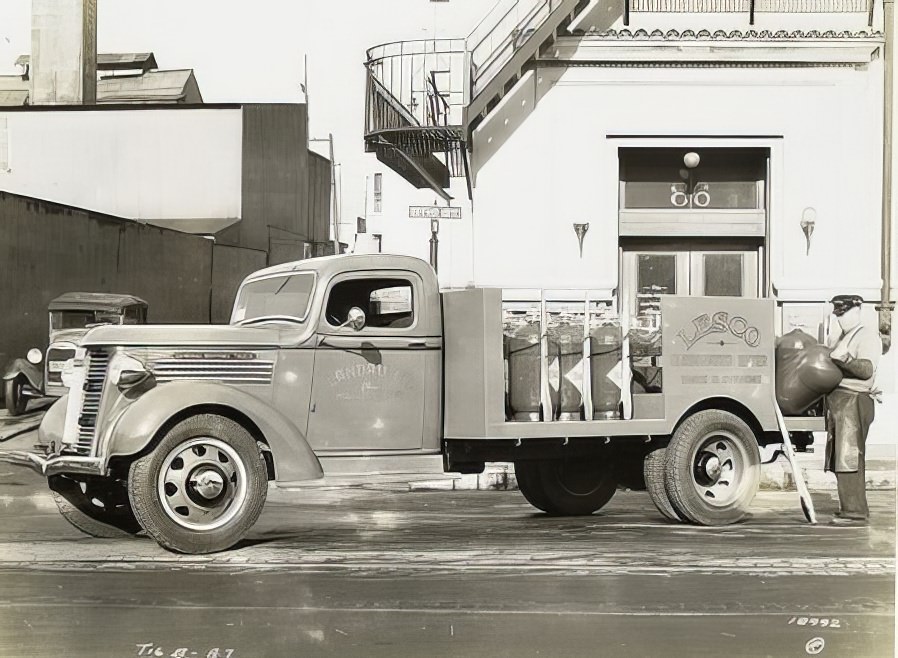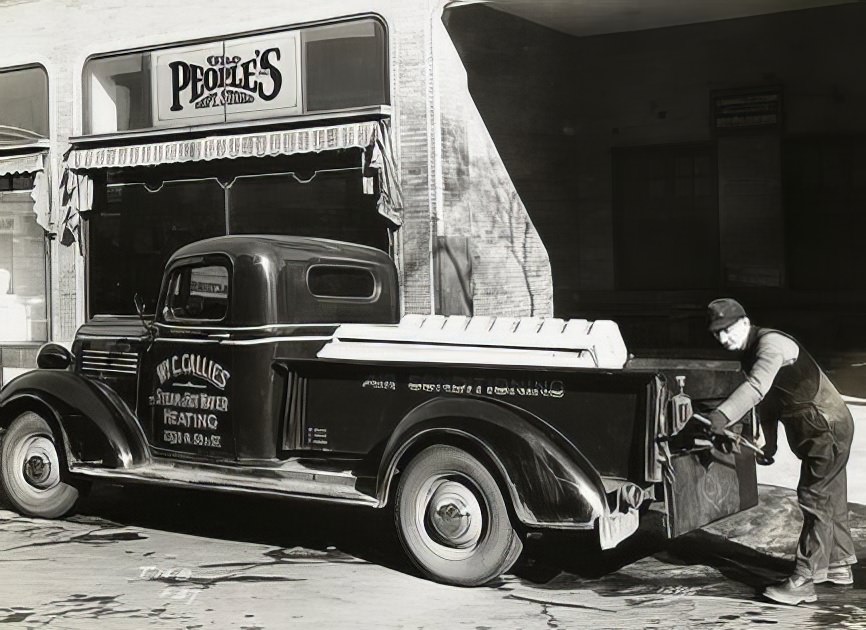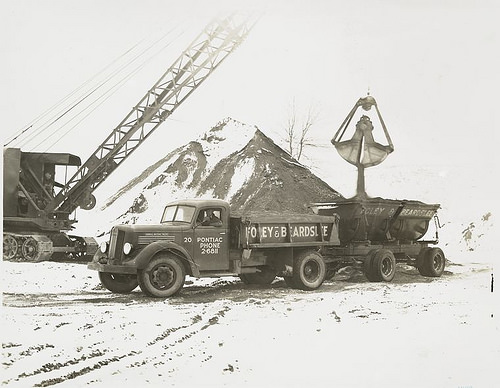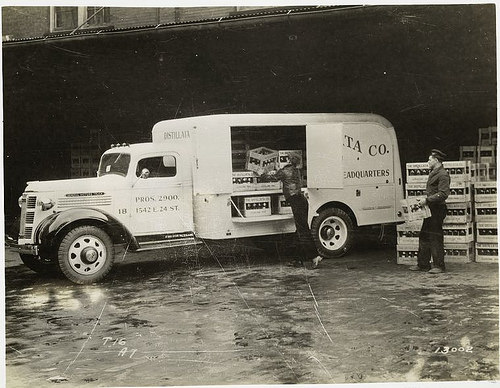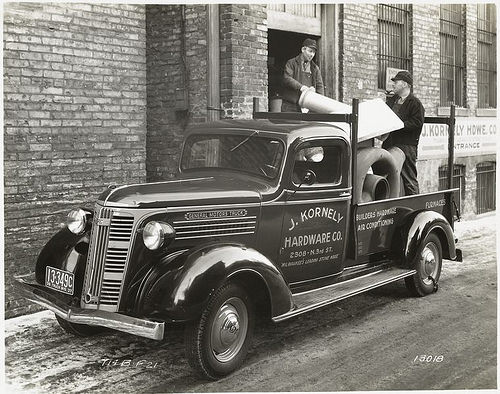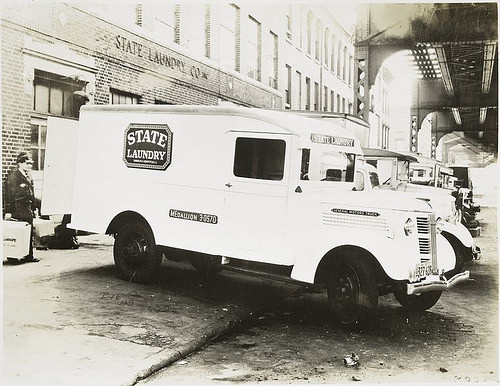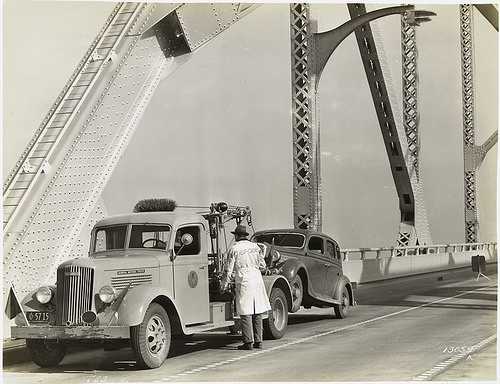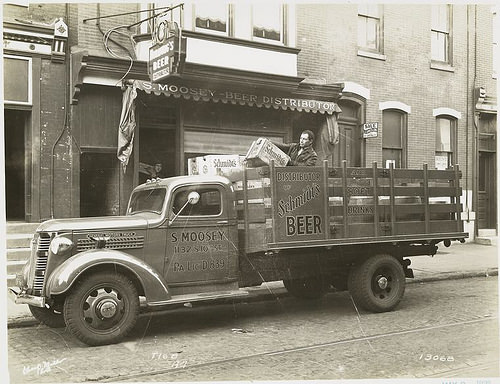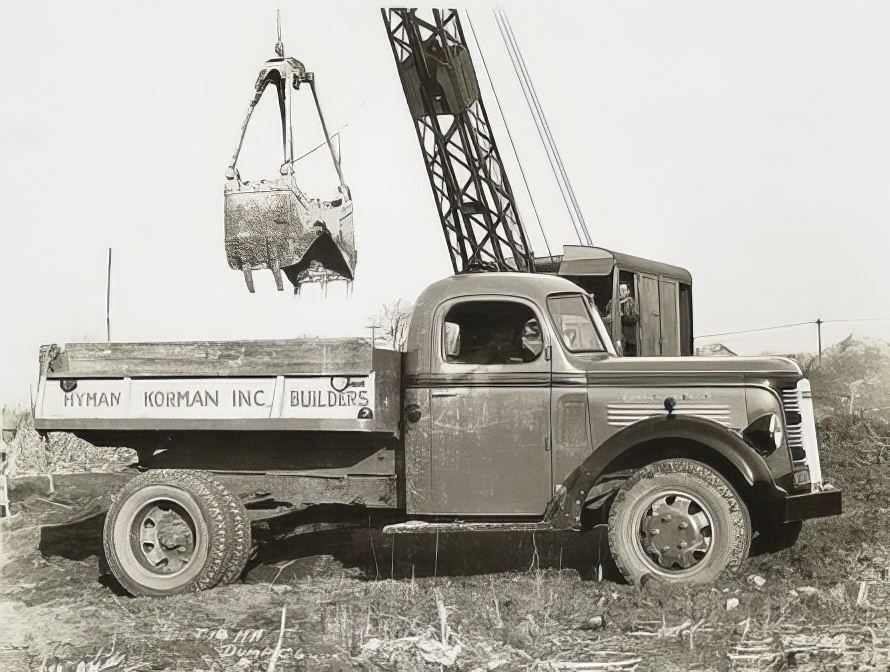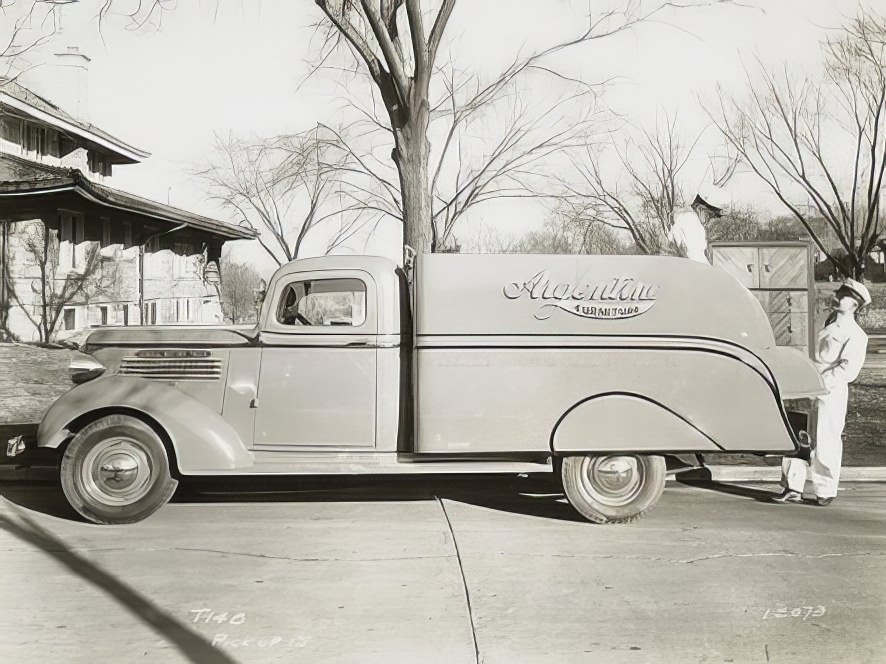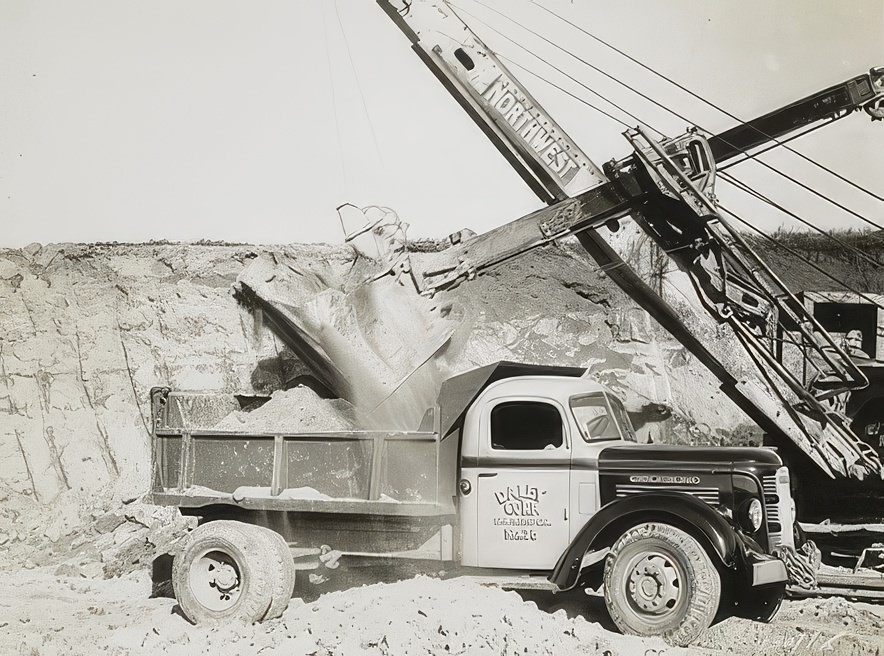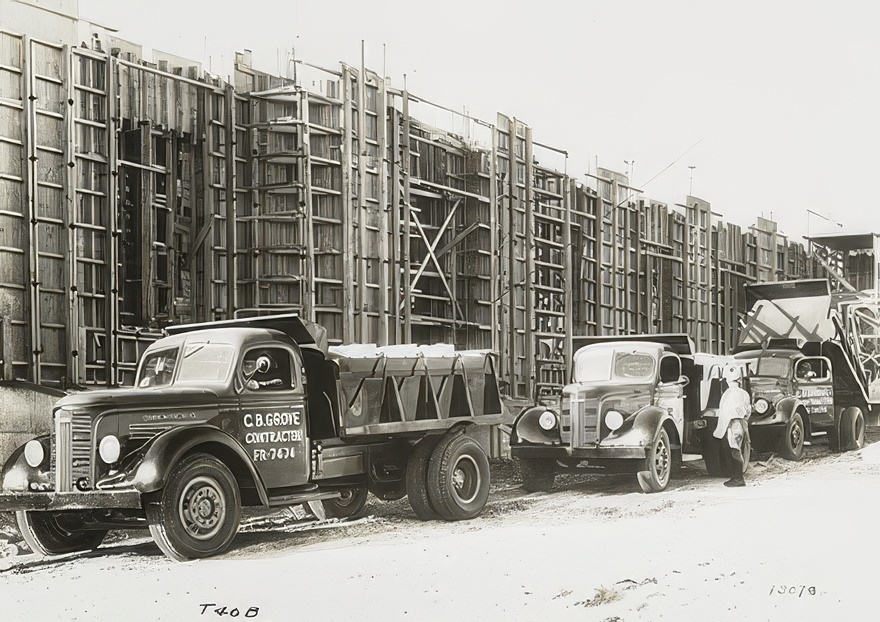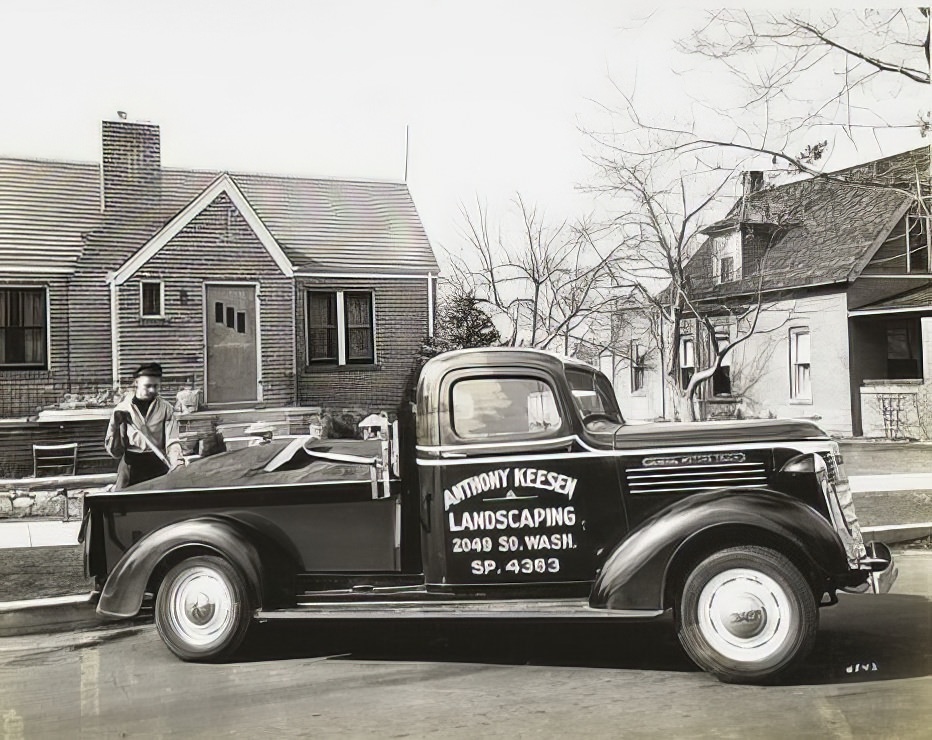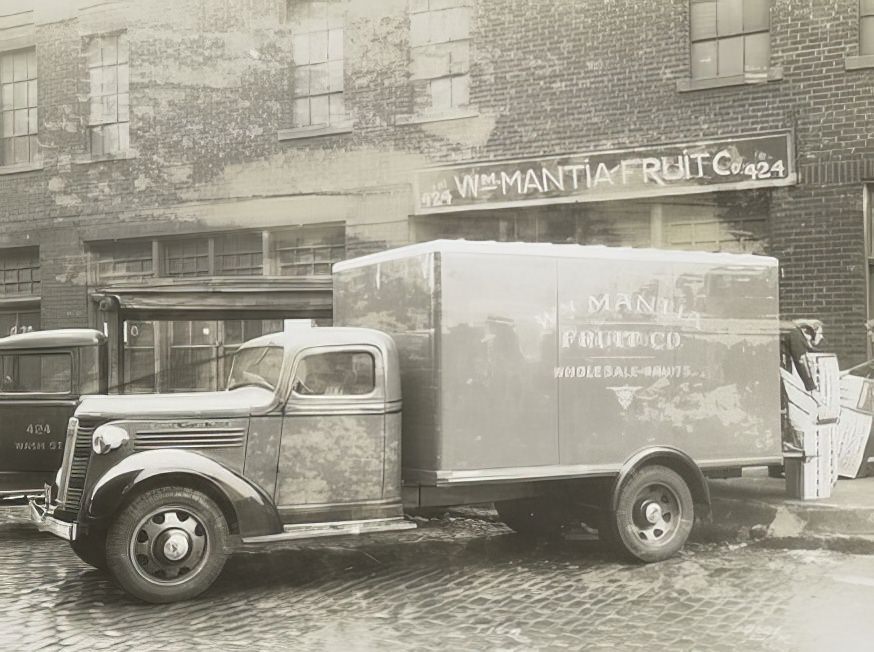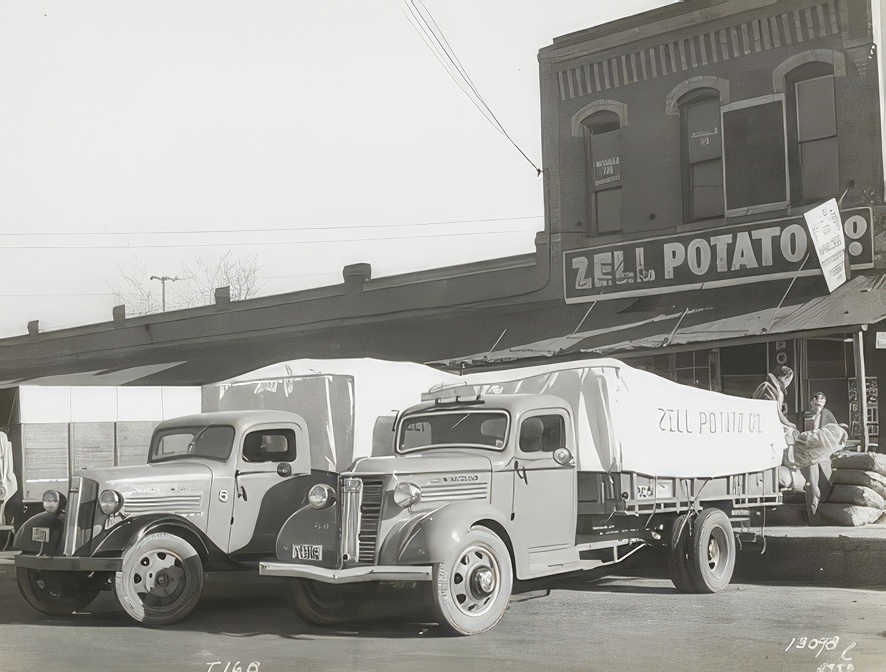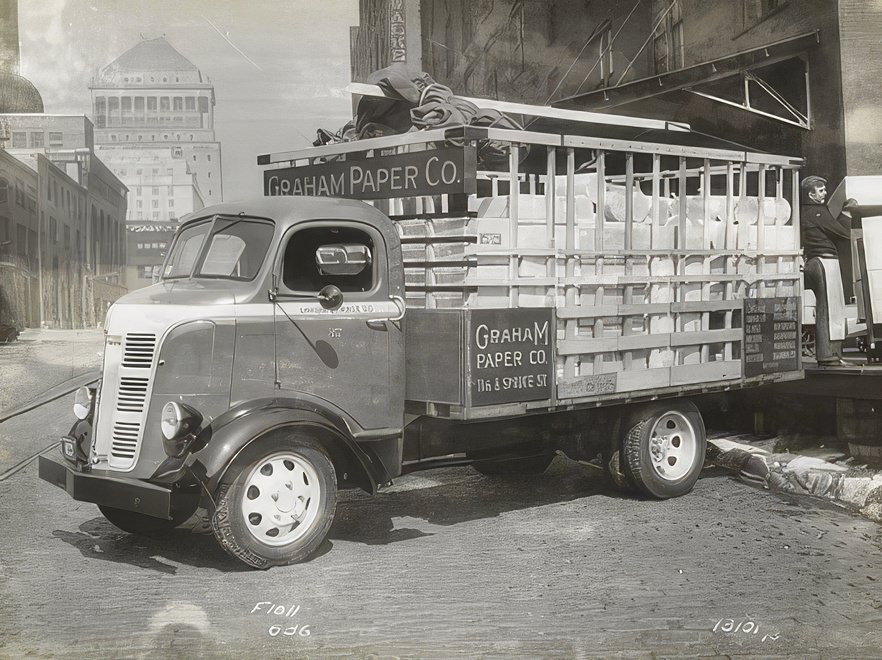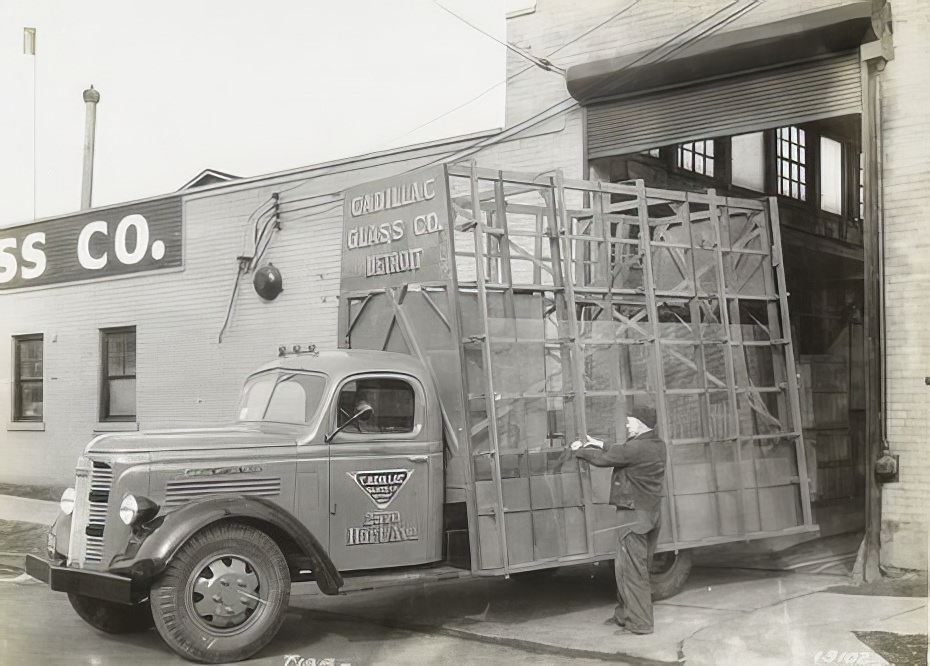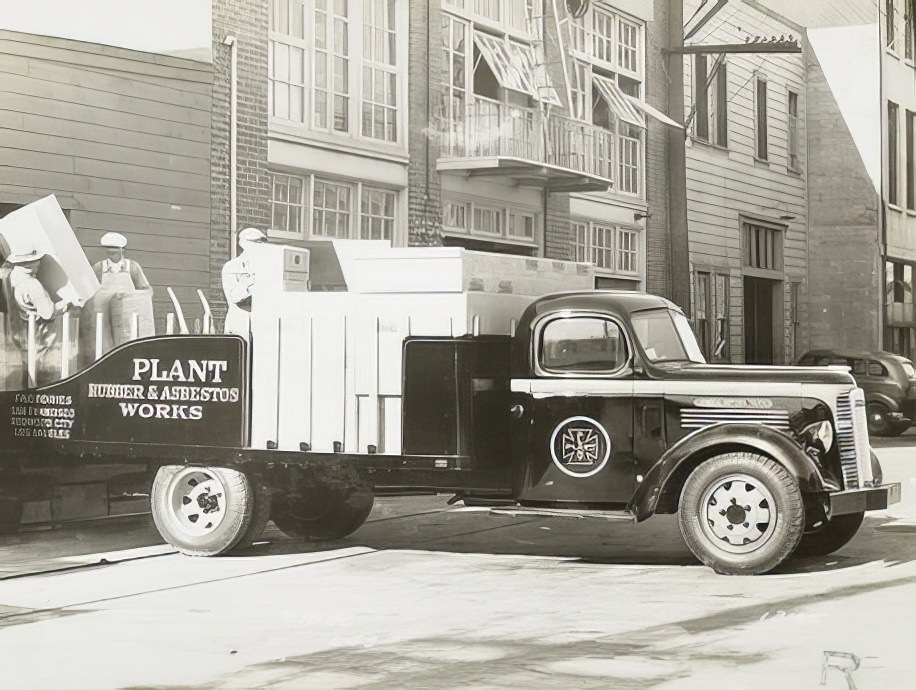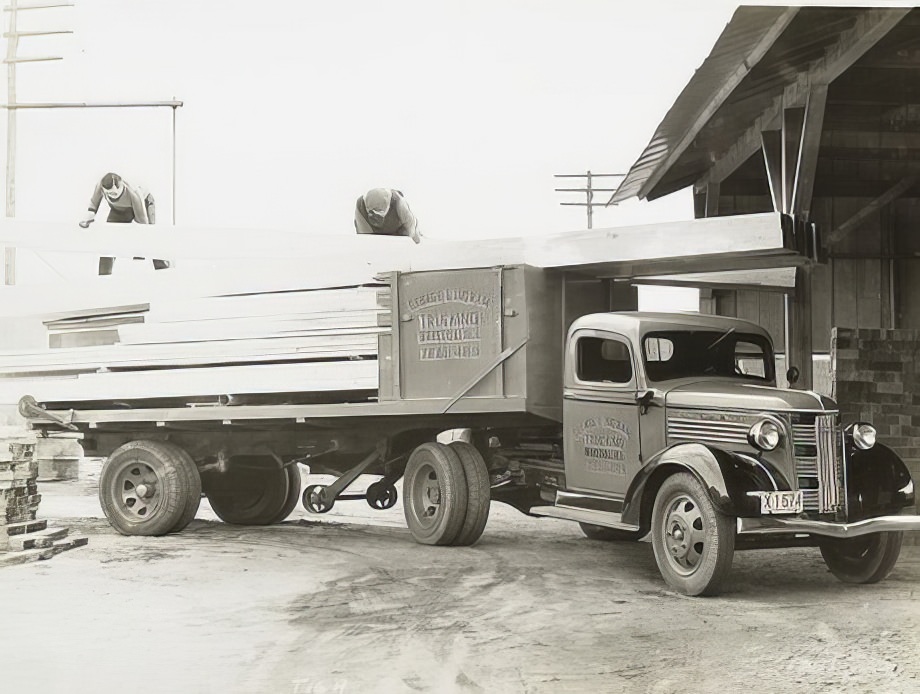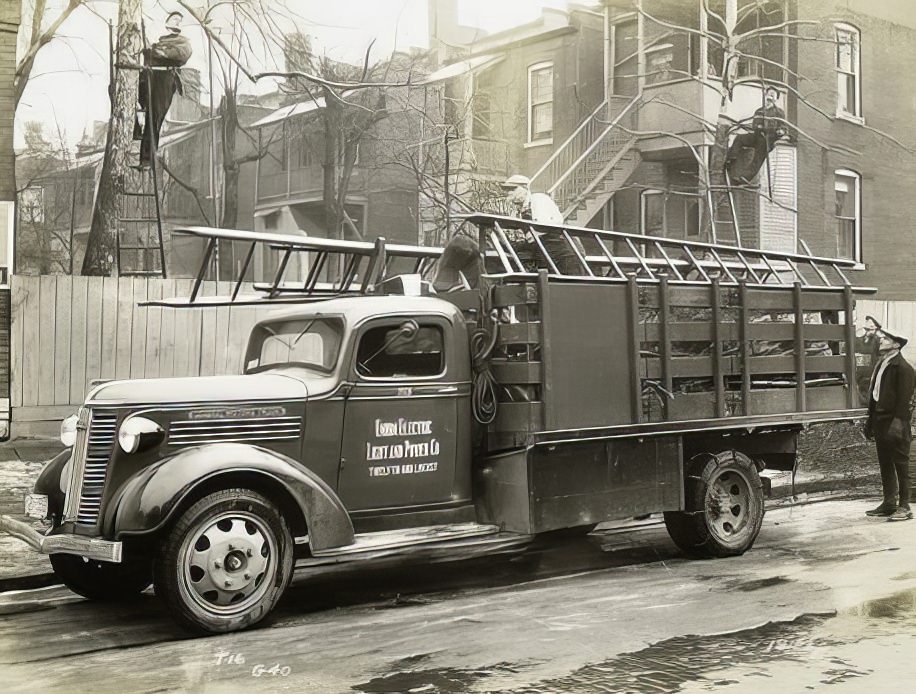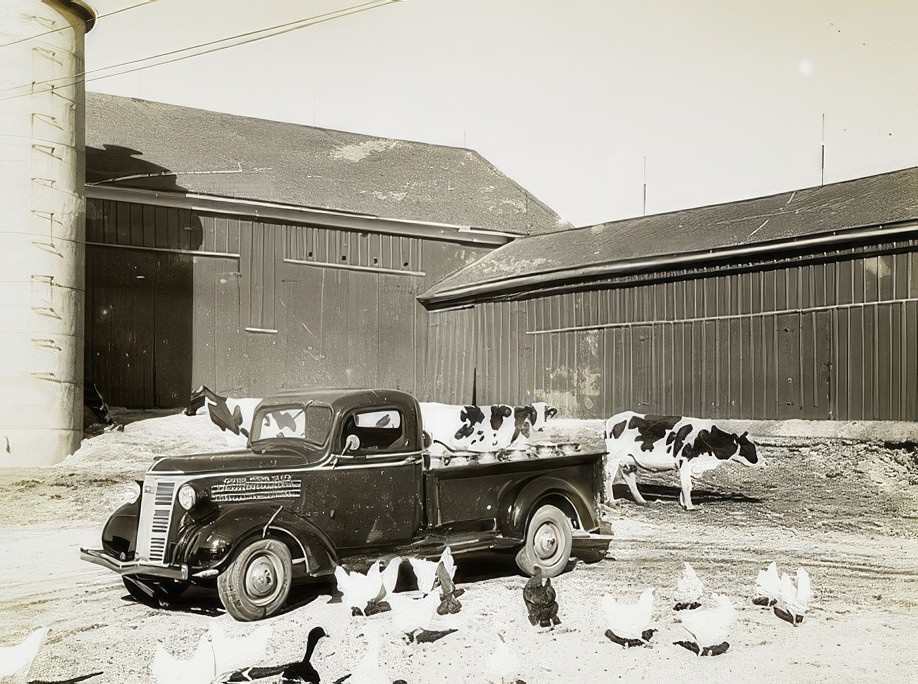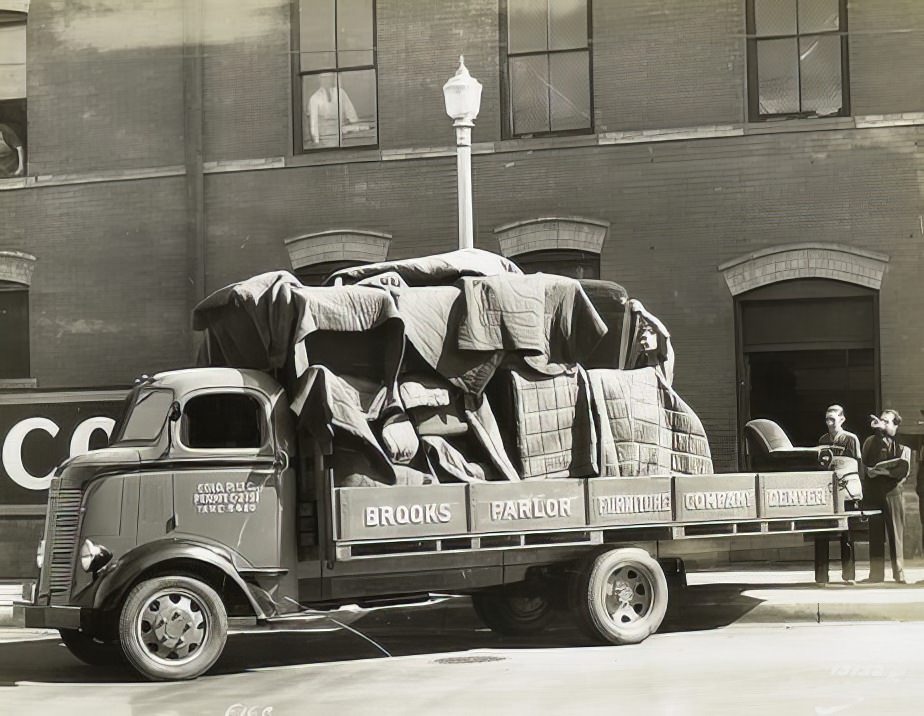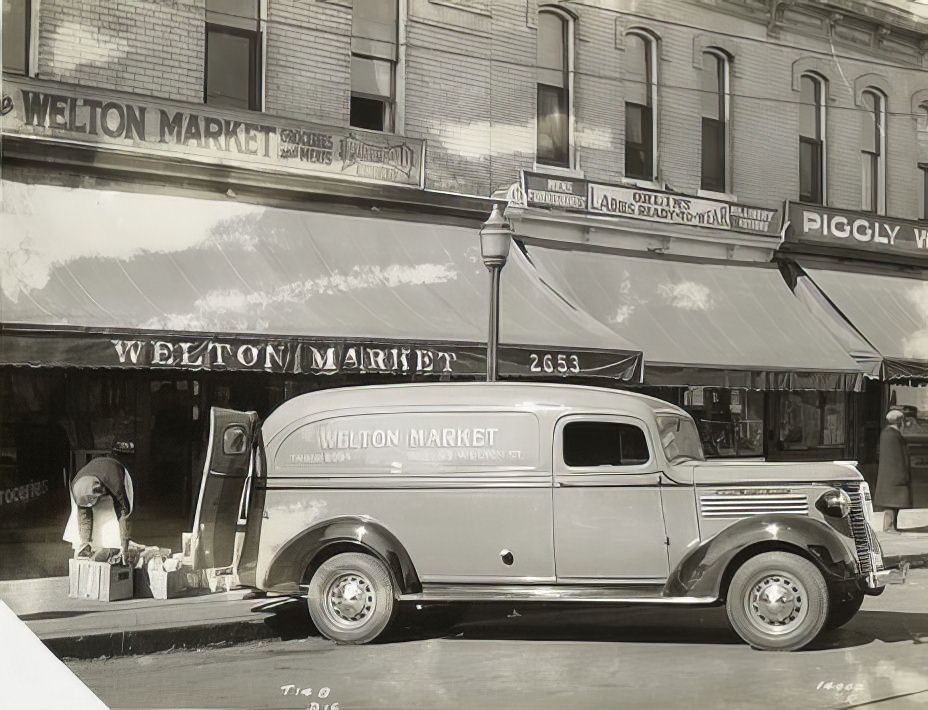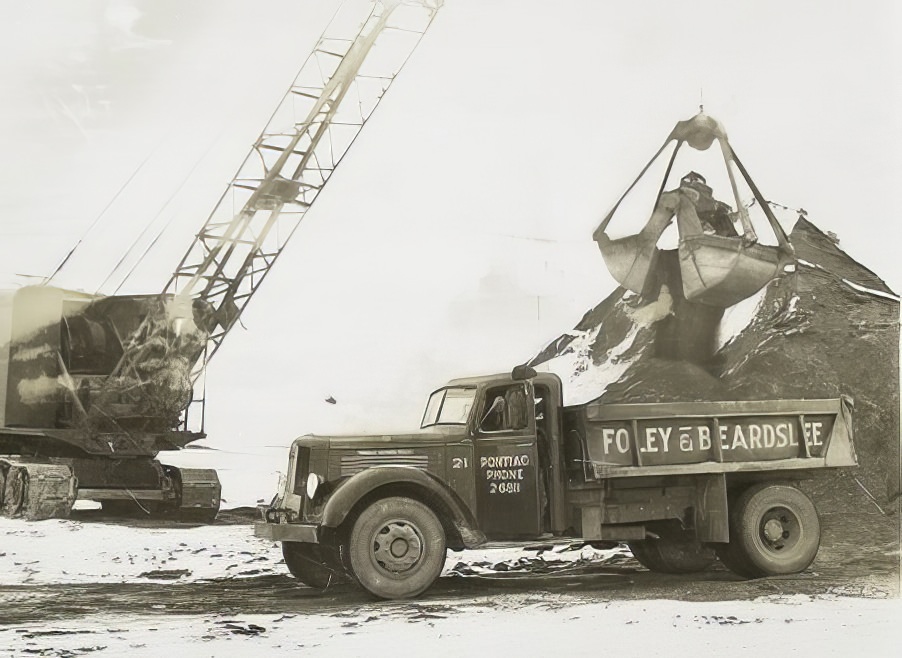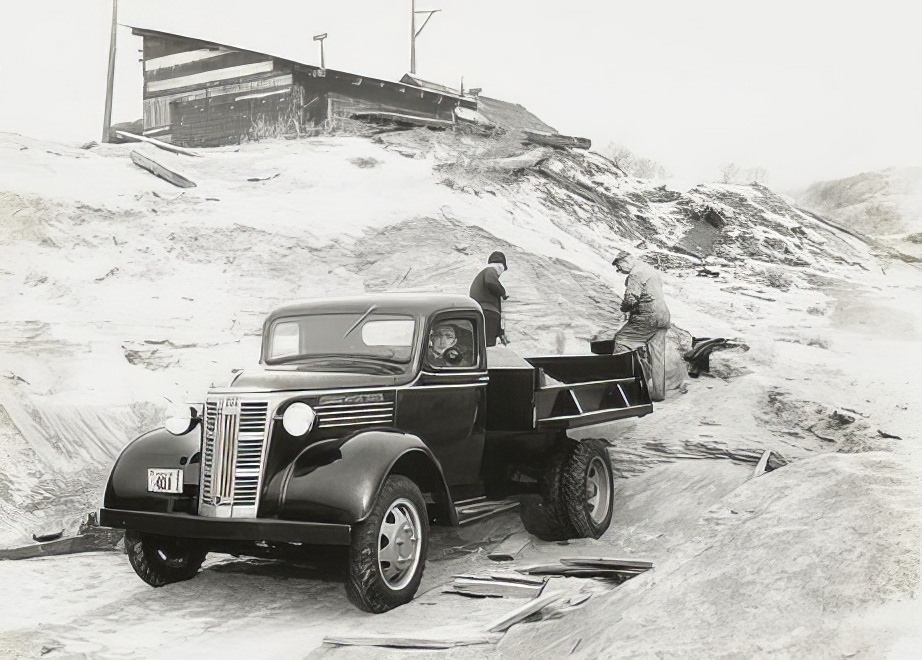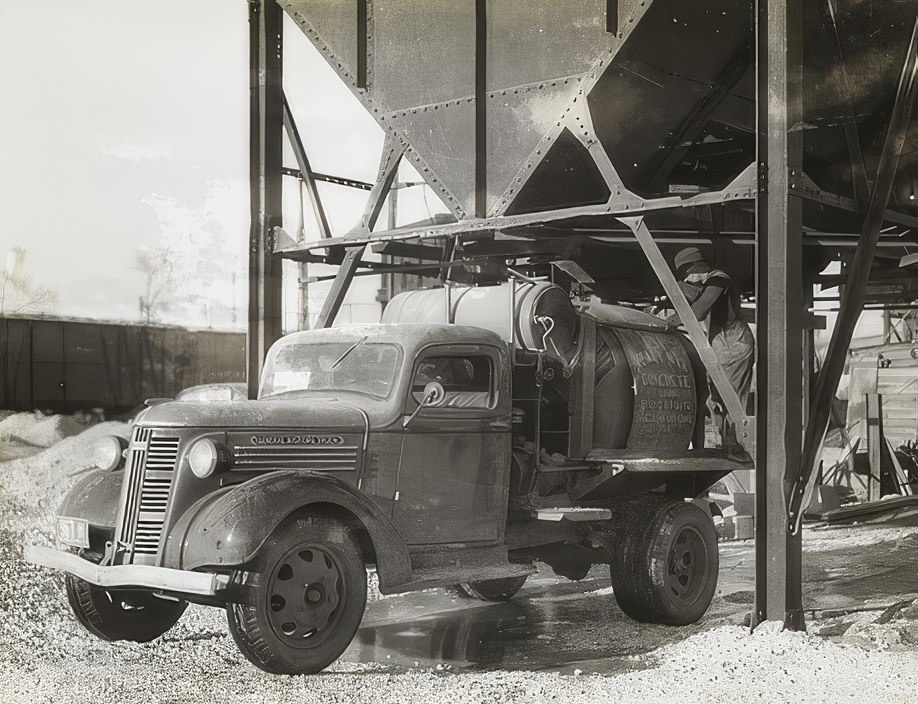The early years of the 20th century saw the rise of the automobile. General Motors (GM) played a significant role in this transformation. From its beginnings in the early 1900s through the 1930s, GM grew into a dominant force in the automotive industry, producing a wide range of cars and trucks that shaped American transportation.
GM was founded in 1908 by William C. Durant. Durant had previously built a successful carriage-making business. He saw the potential of the automobile and began acquiring various car manufacturers.
One of Durant’s key acquisitions was Buick. Buick had been producing cars since the early 1900s and was known for its reliable and powerful engines. Buick became one of GM’s core brands.
Another important brand that joined GM early on was Oldsmobile. Oldsmobile had been producing cars even before Buick and was a pioneer in mass production techniques. This experience with manufacturing was valuable to the growing company.
Read more
Cadillac also became part of GM. Cadillac was positioned as a luxury brand, offering high-quality cars with advanced features. This gave GM a presence in the high-end car market.
Chevrolet joined the GM family in 1918. Chevrolet was intended to compete with Ford’s popular and affordable Model T. This acquisition gave GM a strong foothold in the mass market.
During the 1910s and 1920s, GM focused on developing a diverse range of vehicles to appeal to different buyers. They offered cars in various sizes, styles, and price ranges. This strategy helped them to compete effectively with Ford and other automakers.
GM also invested in engineering and design. They developed more powerful and efficient engines, improved vehicle handling, and introduced new features like electric starters and improved transmissions. These advancements made GM cars more appealing and easier to drive.
The 1920s saw the rise of car styling as an important factor. GM hired talented designers who created more stylish and attractive cars. This focus on design helped GM to attract buyers who were looking for more than just basic transportation.
GM also began producing trucks early in its history. These trucks played an important role in commerce and industry. They were used for hauling goods, transporting materials, and various other commercial purposes.
The trucks of this era were quite different from modern trucks. They were often simpler in design and less powerful. But they were essential for the growing economy.
The 1930s brought the Great Depression, which had a significant impact on the automotive industry. Car sales plummeted, and many companies struggled to survive. GM, however, was able to weather the storm.
GM’s diverse product line and strong financial position helped it to survive the Depression better than many other automakers. They continued to produce cars and trucks, albeit in smaller numbers.
During the 1920s and 1930s, GM introduced several iconic models. These models included the Chevrolet Suburban, which became a popular family vehicle, and various Buick and Cadillac models that were known for their style and luxury.
The technology of GM cars and trucks during this period was constantly evolving. Engines became more powerful, transmissions became more sophisticated, and new features were introduced. These advancements made driving safer, more comfortable, and more enjoyable.
Early cars often used simple, four-cylinder engines. By the 1930s, more powerful six-cylinder and eight-cylinder engines were becoming more common, especially in higher-end models.
Transmissions also improved significantly during this time. Early cars often used manual transmissions that were difficult to operate. By the 1930s, smoother and more efficient transmissions were being developed.


